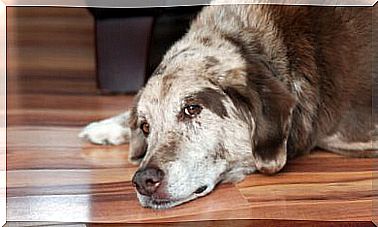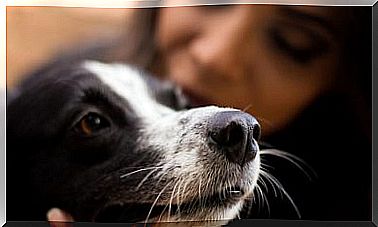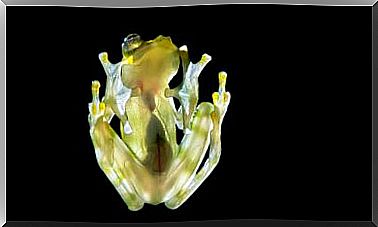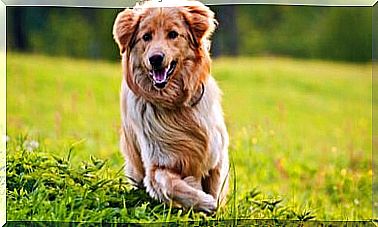Be Careful With Your Dog, He Has Feelings
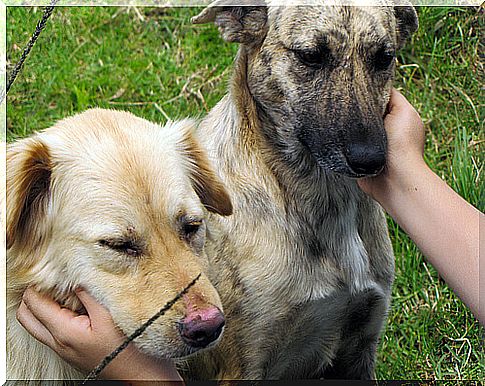
There is no doubt that animals have emotions, and they show them through their body language. So try to be more aware of your actions and their attitudes, be careful with your dog, he has feelings.
Dogs feel joy after a job well done. They feel sad when a member of their family group dies, they also feel love for the members of their household.
However , it is important to remember that the emotions of dogs are different from ours. The feelings that dogs experience are not connected to the sensibilities that humans develop.
The demonstrations of emotions in dogs are not mediated by social parameters. Therefore, it can be said that they manifest them in the purest way that exists.
Next, we will tell you a little about the emotions that your dog can feel, and how it manifests them:
Laughter
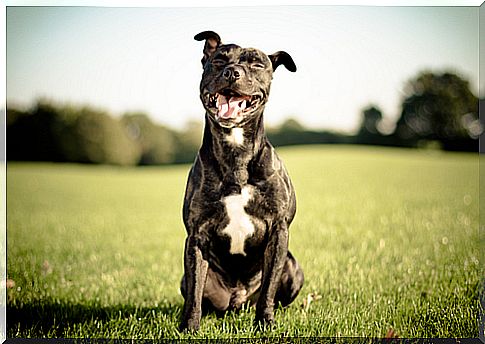
Possibly, when you play with your dog, you have heard a panting and, when you observe the gesture on your dog’s face, it seems to you that he is laughing.
Although that is not always the situation, you may be right. Recently, it was discovered that certain breaths or exhalations could be the canine version of laughter.
After in-depth research from the University of Sierra Nevada, it was found that, during play, dogs make a special exhalation that is different from normal panting. By playing this sound with other dogs, they had a better disposition to play. A reduction in the stress levels of shelter dogs was also observed when listening to it.
You must bear in mind that constant panting, especially if the dog has not been very active, can mean that he is suffering from heat stroke, suffering from heart or respiratory problems.
Shame
Most dog owners are familiar with the telltale signs that their dog has done something he shouldn’t have done while they have been away: head lowered, arrowed ears, stooped posture, and a sad look.
Even if the handler has not immediately realized what the dog has done wrong, his body language seems to point to feelings of guilt. But for dogs, emotion is a little less complicated than human guilt or shame.
Typically, these kinds of submissive postures your dog displays are the result of anxious anticipation and fear of disciplinary action.
It may be that what triggers this behavior is your reaction to similar behavior in the past, or it may be the change in your mood and your body language when you discover their actions. Therefore, rather than a display of guilt, it is an attempt at manipulation to reassure you by being submissive.
Jealousy
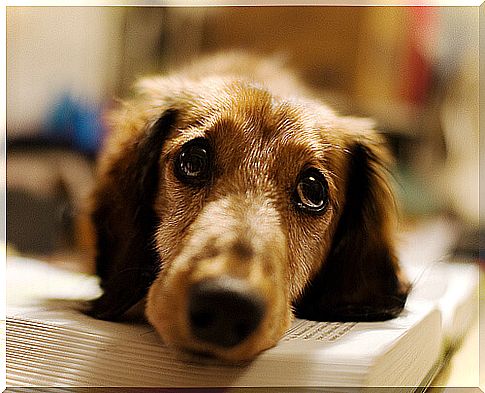
Due to the social structure of the dog, which is hierarchical, they have a sense of fairness in the face of highly developed treatment. Therefore, everything seems to indicate that jealousy in dogs develops when they feel that they are being treated unfairly.
In this way, a dog will feel jealous if he observes that one that he considers to be in the same hierarchy level is rewarded without deserving it.
However, this attitude is not exclusive to dogs, since similar behaviors can be observed in animals that live in cooperative societies. Although jealousy must learn to handle it so that it does not become a problem.
Mourning
Dogs experience sadness when a member of their family group passes away, and it becomes evident by showing signs of distress:
- Loss of appetite
- Afraid
- Depression
- Sleep too much
- Sleeping too little
- Anxiety
Give your pet time to cope with the loss. Most dogs return to normal after two weeks, although for some it can be a long process, and neglect of their health can lead to death.
Image courtesy of Rubí Flórez.


